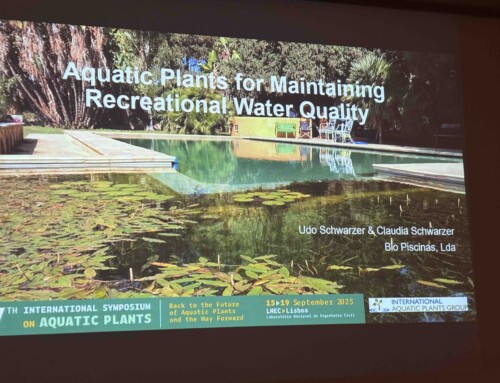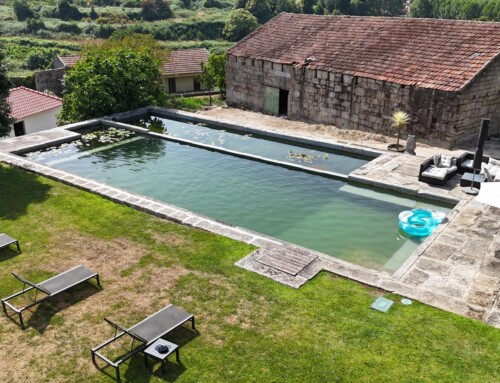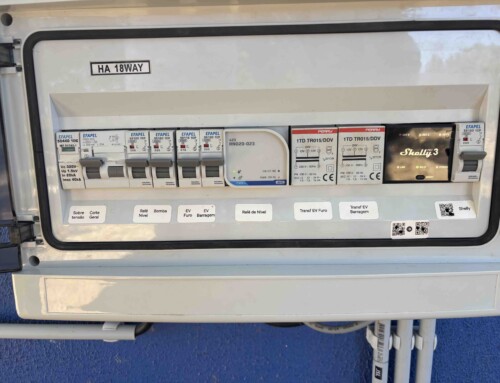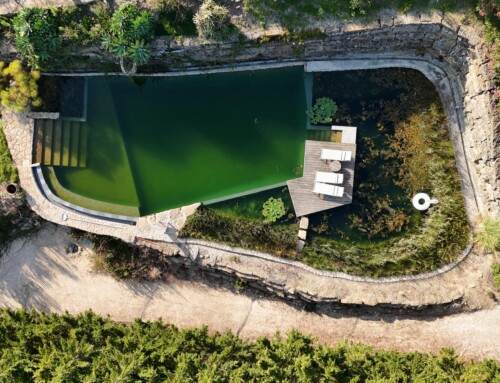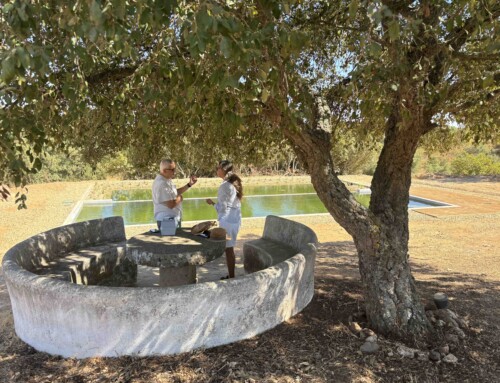There are rootless aquatic plants living in clean waters called Utricularia. They are distributed worldwide, and two species also exist in Portugal.
The plant’s green structure is a very thin stem with leaves reduced to filaments. On these thin branches, we can find the utricles. These are round structures about a millimeter in diameter that act as traps for water fleas and other microscopic aquatic invertebrates. When prey touches the cilia of these traps, structured like the two halves of a shell, the trap opens very quickly, and through the vacuum effect, the prey is swallowed into the utricle.
This insectivorous feeding method provides nitrogen and other nutrients to this rootless aquatic plant. Once well-fed, the Utricularia has the strength to produce its reproductive organs, the flowers. These are much larger than any other part of the plant and are of great beauty, as shown in the photo.
 What is a biological swimming pool?
What is a biological swimming pool?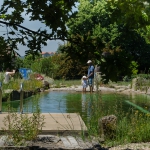 Important to know
Important to know Beyond the swim
Beyond the swim How to build
How to build Compare
Compare PB 22.000
PB 22.000 Biological swimming pools of Public use
Biological swimming pools of Public use Janguiscina
Janguiscina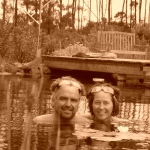 Who we are
Who we are Biological swimming pools
Biological swimming pools Landscape architecture
Landscape architecture ETAP
ETAP Solar Sauna
Solar Sauna Rewilding
Rewilding News
News Photo of the month
Photo of the month Gallery
Gallery Holidays with Swimming Pond
Holidays with Swimming Pond Testimonials
Testimonials Awards
Awards Biological swimming pools around the World
Biological swimming pools around the World Piscinas Biológicas® – Live
Piscinas Biológicas® – Live FAQs
FAQs Downloads
Downloads Shop
Shop

